|
|||||||||||||||||||||||||||||||||||||||||||||||||||||||||||||||||||||||||||||||||||||||||||||||||||||||||||||||||||||||||||||||||||||||||||||||||||||||||||||||||||||||||||||||||||||||||||||||||||||||||||||||||||||||||||||||||||||||||||||||||||||||||||||||||||||||||||||||||||||||||||||||||||||||||||||||||||||||||||||||||||||||||||||||||||||||||||||||||||||||||||||||||||||||||||||||||||||||||||||||||||||||||||||||||||||||||||||||||||||||||||||||||||||||||||||||||||||||||||||
| |
| Phenotypic Information (metabolism pathway, cancer, disease, phenome) |
| |
| |
| Gene-Gene Network Information: Co-Expression Network, Interacting Genes & KEGG |
| |
|
| Gene Summary for DHODH |
| Top |
| Phenotypic Information for DHODH(metabolism pathway, cancer, disease, phenome) |
| Cancer | CGAP: DHODH |
| Familial Cancer Database: DHODH | |
| * This gene is included in those cancer gene databases. |
|
|
|
|
|
| . | |||||||||||||||||||||||||||||||||||||||||||||||||||||||||||||||||||||||||||||||||||||||||||||||||||||||||||||||||||||||||||||||||||||||||||||||||||||||||||||||||||||||||||||||||||||||||||||||||||||||||||||||||||||||||||||||||||||||||||||||||||||||||||||||||||||||||||||||||||||||||||||||||||||||||||||||||||||||||||||||||||||||||||||||||||||||||||||||||||||||||||||||||||||||||||||||||||||||||||||||||||||||||||||||||||||||||||||||||||||||||||||||||||||||||||||||||||||||
Oncogene 1 | Significant driver gene in | ||||||||||||||||||||||||||||||||||||||||||||||||||||||||||||||||||||||||||||||||||||||||||||||||||||||||||||||||||||||||||||||||||||||||||||||||||||||||||||||||||||||||||||||||||||||||||||||||||||||||||||||||||||||||||||||||||||||||||||||||||||||||||||||||||||||||||||||||||||||||||||||||||||||||||||||||||||||||||||||||||||||||||||||||||||||||||||||||||||||||||||||||||||||||||||||||||||||||||||||||||||||||||||||||||||||||||||||||||||||||||||||||||||||||||||||||||||||||||||
| cf) number; DB name 1 Oncogene; http://nar.oxfordjournals.org/content/35/suppl_1/D721.long, 2 Tumor Suppressor gene; https://bioinfo.uth.edu/TSGene/, 3 Cancer Gene Census; http://www.nature.com/nrc/journal/v4/n3/abs/nrc1299.html, 4 CancerGenes; http://nar.oxfordjournals.org/content/35/suppl_1/D721.long, 5 Network of Cancer Gene; http://ncg.kcl.ac.uk/index.php, 1Therapeutic Vulnerabilities in Cancer; http://cbio.mskcc.org/cancergenomics/statius/ |
| KEGG_PYRIMIDINE_METABOLISM REACTOME_METABOLISM_OF_NUCLEOTIDES REACTOME_PYRIMIDINE_METABOLISM | |
| OMIM | |
| Orphanet | |
| Disease | KEGG Disease: DHODH |
| MedGen: DHODH (Human Medical Genetics with Condition) | |
| ClinVar: DHODH | |
| Phenotype | MGI: DHODH (International Mouse Phenotyping Consortium) |
| PhenomicDB: DHODH | |
| Mutations for DHODH |
| * Under tables are showing count per each tissue to give us broad intuition about tissue specific mutation patterns.You can go to the detailed page for each mutation database's web site. |
| There's no structural variation information in COSMIC data for this gene. |
| * From mRNA Sanger sequences, Chitars2.0 arranged chimeric transcripts. This table shows DHODH related fusion information. |
| ID | Head Gene | Tail Gene | Accession | Gene_a | qStart_a | qEnd_a | Chromosome_a | tStart_a | tEnd_a | Gene_a | qStart_a | qEnd_a | Chromosome_a | tStart_a | tEnd_a |
| BF837427 | DHODH | 26 | 299 | 16 | 72050780 | 72051051 | PKN1 | 293 | 437 | 19 | 14574713 | 14574947 | |
| AW006026 | SIN3A | 1 | 94 | 15 | 75663475 | 75663568 | DHODH | 87 | 623 | 16 | 72048450 | 72057095 | |
| Top |
| Mutation type/ Tissue ID | brca | cns | cerv | endome | haematopo | kidn | Lintest | liver | lung | ns | ovary | pancre | prost | skin | stoma | thyro | urina | |||
| Total # sample | 1 | |||||||||||||||||||
| GAIN (# sample) | 1 | |||||||||||||||||||
| LOSS (# sample) |
| cf) Tissue ID; Tissue type (1; Breast, 2; Central_nervous_system, 3; Cervix, 4; Endometrium, 5; Haematopoietic_and_lymphoid_tissue, 6; Kidney, 7; Large_intestine, 8; Liver, 9; Lung, 10; NS, 11; Ovary, 12; Pancreas, 13; Prostate, 14; Skin, 15; Stomach, 16; Thyroid, 17; Urinary_tract) |
| Top |
|
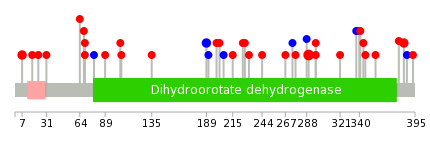 |
| Top |
| Stat. for Non-Synonymous SNVs (# total SNVs=26) | (# total SNVs=9) |
 |  |
(# total SNVs=1) | (# total SNVs=0) |
 |
| Top |
| * When you move the cursor on each content, you can see more deailed mutation information on the Tooltip. Those are primary_site,primary_histology,mutation(aa),pubmedID. |
| GRCh37 position | Mutation(aa) | Unique sampleID count |
| chr16:72057113-72057113 | p.A290V | 4 |
| chr16:72042682-72042682 | p.K7Q | 2 |
| chr16:72058060-72058060 | p.G384R | 2 |
| chr16:72055072-72055072 | p.D189D | 2 |
| chr16:72057108-72057108 | p.R288R | 1 |
| chr16:72048403-72048403 | p.N89S | 1 |
| chr16:72057466-72057466 | p.T356M | 1 |
| chr16:72055179-72055179 | p.G225E | 1 |
| chr16:72045977-72045977 | p.L17P | 1 |
| chr16:72058046-72058046 | p.E379A | 1 |
| Top |
|
 |
| Point Mutation/ Tissue ID | 1 | 2 | 3 | 4 | 5 | 6 | 7 | 8 | 9 | 10 | 11 | 12 | 13 | 14 | 15 | 16 | 17 | 18 | 19 | 20 |
| # sample | 1 | 9 | 4 | 3 | 2 | 4 | ||||||||||||||
| # mutation | 1 | 8 | 4 | 4 | 2 | 5 | ||||||||||||||
| nonsynonymous SNV | 1 | 6 | 4 | 3 | 2 | 2 | ||||||||||||||
| synonymous SNV | 2 | 1 | 3 |
| cf) Tissue ID; Tissue type (1; BLCA[Bladder Urothelial Carcinoma], 2; BRCA[Breast invasive carcinoma], 3; CESC[Cervical squamous cell carcinoma and endocervical adenocarcinoma], 4; COAD[Colon adenocarcinoma], 5; GBM[Glioblastoma multiforme], 6; Glioma Low Grade, 7; HNSC[Head and Neck squamous cell carcinoma], 8; KICH[Kidney Chromophobe], 9; KIRC[Kidney renal clear cell carcinoma], 10; KIRP[Kidney renal papillary cell carcinoma], 11; LAML[Acute Myeloid Leukemia], 12; LUAD[Lung adenocarcinoma], 13; LUSC[Lung squamous cell carcinoma], 14; OV[Ovarian serous cystadenocarcinoma ], 15; PAAD[Pancreatic adenocarcinoma], 16; PRAD[Prostate adenocarcinoma], 17; SKCM[Skin Cutaneous Melanoma], 18:STAD[Stomach adenocarcinoma], 19:THCA[Thyroid carcinoma], 20:UCEC[Uterine Corpus Endometrial Carcinoma]) |
| Top |
| * We represented just top 10 SNVs. When you move the cursor on each content, you can see more deailed mutation information on the Tooltip. Those are primary_site, primary_histology, mutation(aa), pubmedID. |
| Genomic Position | Mutation(aa) | Unique sampleID count |
| chr16:72058060 | p.R69Q | 2 |
| chr16:72046133 | p.G384R | 2 |
| chr16:72045977 | p.L17P | 1 |
| chr16:72055123 | p.R297H | 1 |
| chr16:72057436 | p.L23I | 1 |
| chr16:72045994 | p.S298C | 1 |
| chr16:72055184 | p.S26Y | 1 |
| chr16:72057474 | p.A321S | 1 |
| chr16:72046004 | p.T62N | 1 |
| chr16:72056285 | p.S337S | 1 |
| * Copy number data were extracted from TCGA using R package TCGA-Assembler. The URLs of all public data files on TCGA DCC data server were gathered on Jan-05-2015. Function ProcessCNAData in TCGA-Assembler package was used to obtain gene-level copy number value which is calculated as the average copy number of the genomic region of a gene. |
 |
| cf) Tissue ID[Tissue type]: BLCA[Bladder Urothelial Carcinoma], BRCA[Breast invasive carcinoma], CESC[Cervical squamous cell carcinoma and endocervical adenocarcinoma], COAD[Colon adenocarcinoma], GBM[Glioblastoma multiforme], Glioma Low Grade, HNSC[Head and Neck squamous cell carcinoma], KICH[Kidney Chromophobe], KIRC[Kidney renal clear cell carcinoma], KIRP[Kidney renal papillary cell carcinoma], LAML[Acute Myeloid Leukemia], LUAD[Lung adenocarcinoma], LUSC[Lung squamous cell carcinoma], OV[Ovarian serous cystadenocarcinoma ], PAAD[Pancreatic adenocarcinoma], PRAD[Prostate adenocarcinoma], SKCM[Skin Cutaneous Melanoma], STAD[Stomach adenocarcinoma], THCA[Thyroid carcinoma], UCEC[Uterine Corpus Endometrial Carcinoma] |
| Top |
| Gene Expression for DHODH |
| * CCLE gene expression data were extracted from CCLE_Expression_Entrez_2012-10-18.res: Gene-centric RMA-normalized mRNA expression data. |
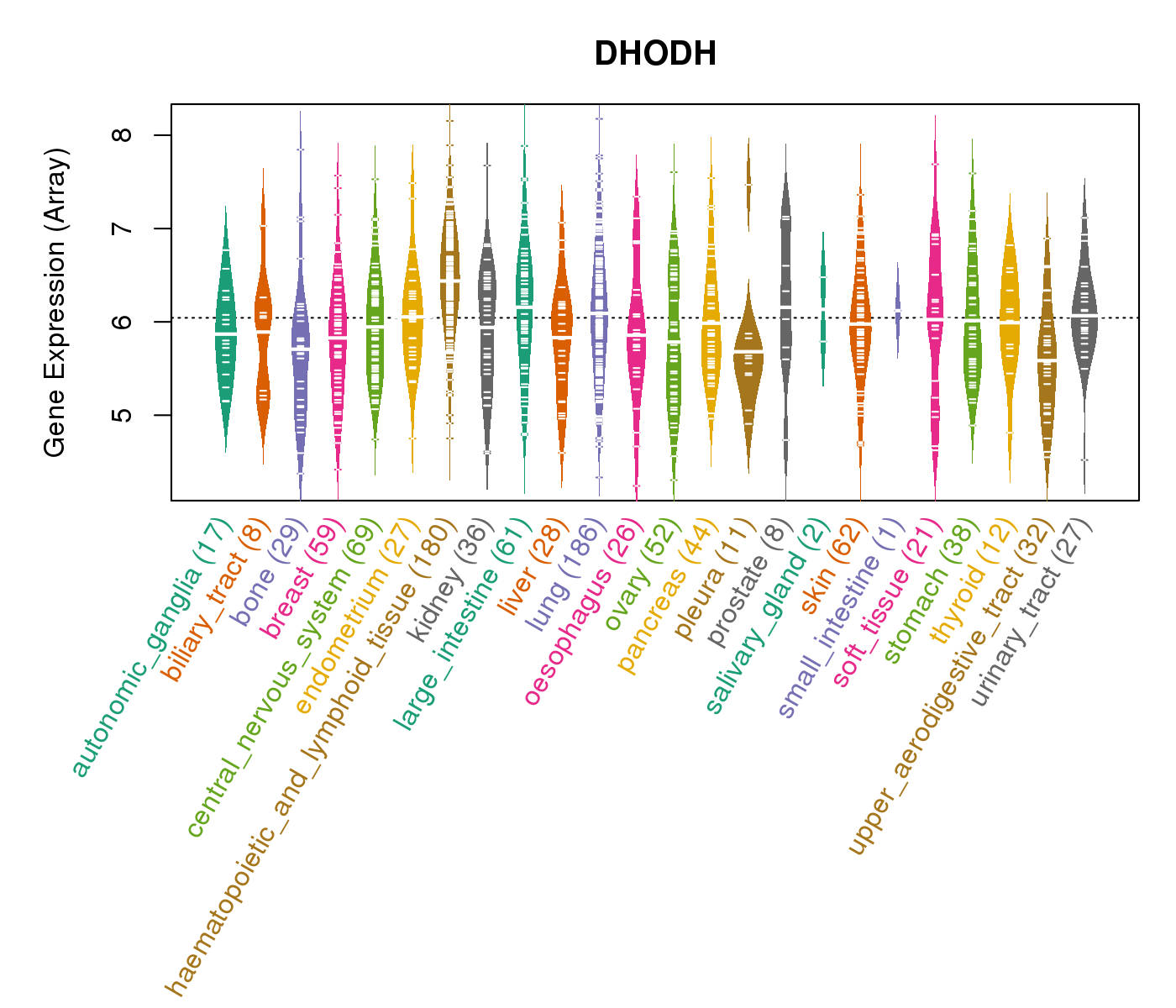 |
| * Normalized gene expression data of RNASeqV2 was extracted from TCGA using R package TCGA-Assembler. The URLs of all public data files on TCGA DCC data server were gathered at Jan-05-2015. Only eight cancer types have enough normal control samples for differential expression analysis. (t test, adjusted p<0.05 (using Benjamini-Hochberg FDR)) |
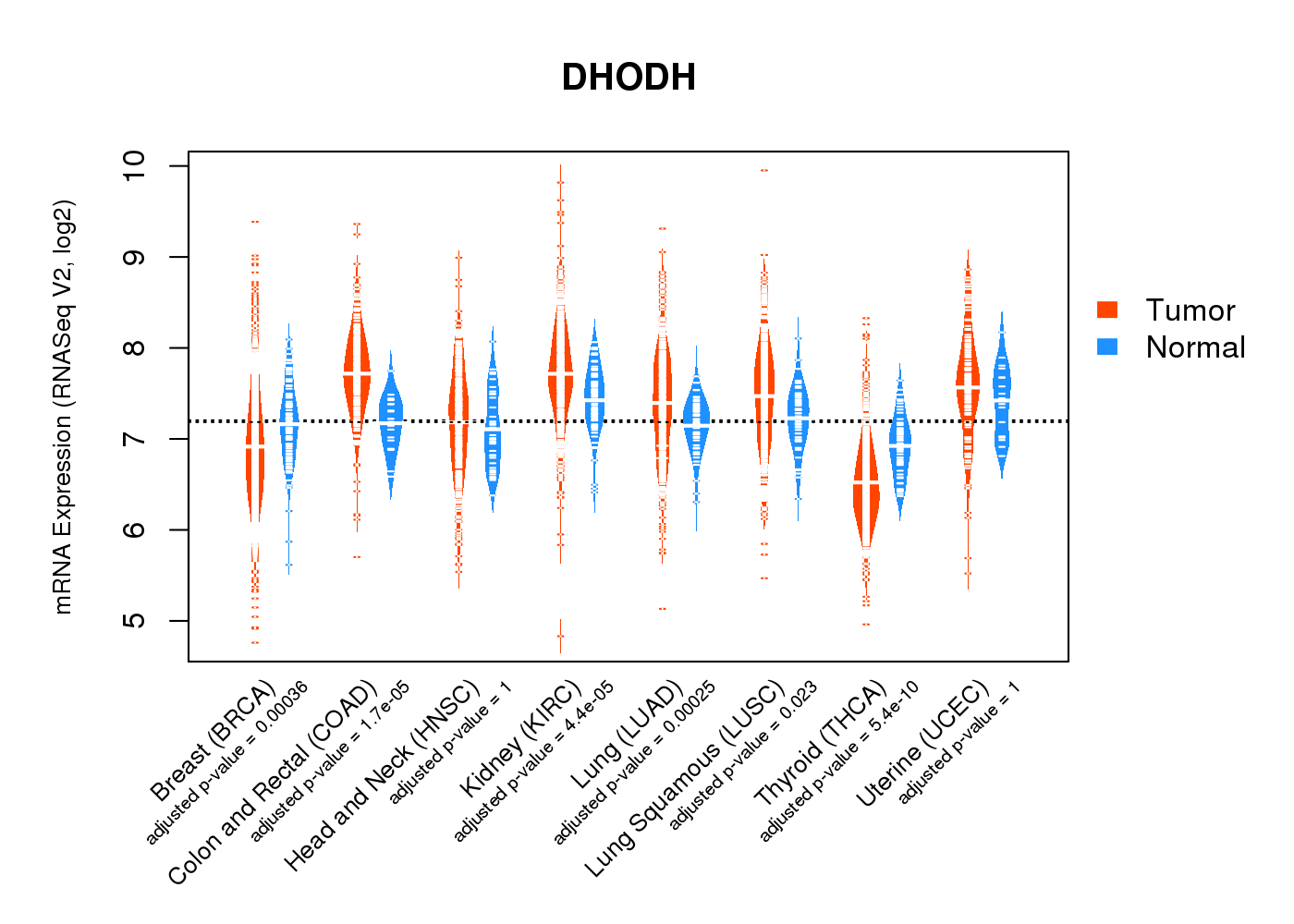 |
| Top |
| * This plots show the correlation between CNV and gene expression. |
: Open all plots for all cancer types
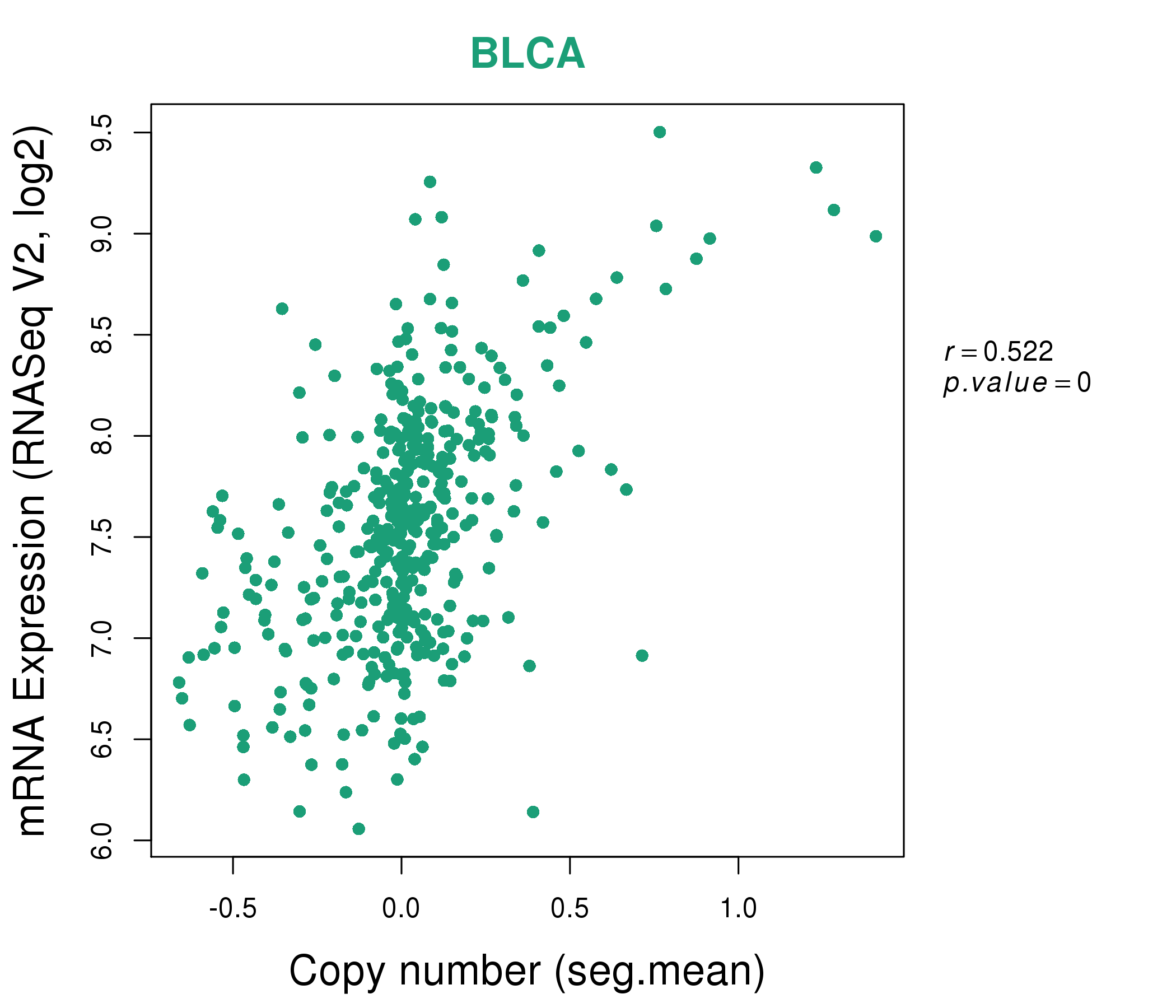 |
|
 |
|
| Top |
| Gene-Gene Network Information |
| * Co-Expression network figures were drawn using R package igraph. Only the top 20 genes with the highest correlations were shown. Red circle: input gene, orange circle: cell metabolism gene, sky circle: other gene |
: Open all plots for all cancer types
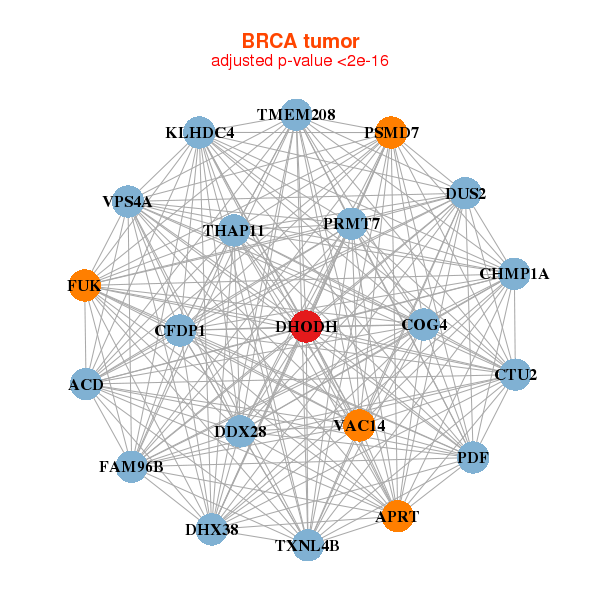 |
| ||||
| ACD,APRT,CFDP1,CHMP1A,COG4,CTU2,DDX28, DHODH,DHX38,DUS2,FAM96B,FUK,KLHDC4,PDF, PRMT7,PSMD7,THAP11,TMEM208,TXNL4B,VAC14,VPS4A | BCKDHA,ECI1,DCXR,DHODH,ETFB,GCDH,IDH3B, CLUH,MKNK2,MPST,MRPS5,OPLAH,PCYT2,PLEKHJ1, PPP1R16A,PRMT7,PXMP2,RNMTL1,SLC2A4RG,TUFM,UQCRHL | ||||
 |
| ||||
| APRT,C16orf59,CTU2,DDX28,DHODH,DUS2,EEF2KMT, KARS,KLHDC4,MRPS34,MRTO4,NOB1,PDF,PKMYT1, PRMT7,SAC3D1,SRM,TELO2,TFAP4,TRAP1,TUFM | CDK2,DHODH,DKC1,EARS2,EI24,FARSB,GINS3, KIAA0020,MECR,POLD2,PPAT,PPIF,PRMT5,PRPF4, PUS7,RRP9,RUVBL1,SRFBP1,SUV39H2,TRAP1,WDR77 |
| * Co-Expression network figures were drawn using R package igraph. Only the top 20 genes with the highest correlations were shown. Red circle: input gene, orange circle: cell metabolism gene, sky circle: other gene |
: Open all plots for all cancer types
| Top |
: Open all interacting genes' information including KEGG pathway for all interacting genes from DAVID
| Top |
| Pharmacological Information for DHODH |
| DB Category | DB Name | DB's ID and Url link |
| * Gene Centered Interaction Network. |
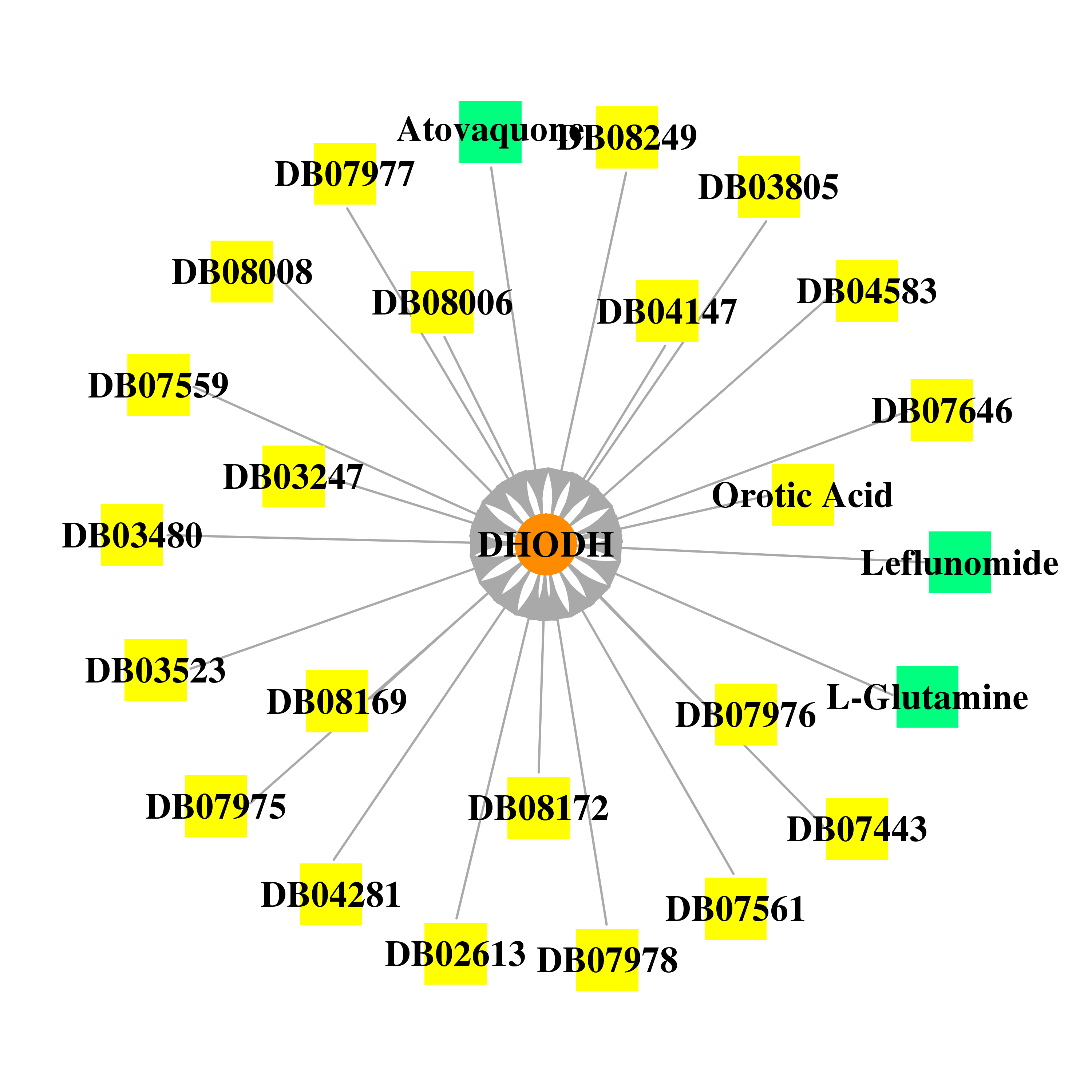 |
| * Drug Centered Interaction Network. |
| DrugBank ID | Target Name | Drug Groups | Generic Name | Drug Centered Network | Drug Structure |
| DB01097 | dihydroorotate dehydrogenase (quinone) | approved; investigational | Leflunomide |  |  |
| DB01117 | dihydroorotate dehydrogenase (quinone) | approved | Atovaquone | 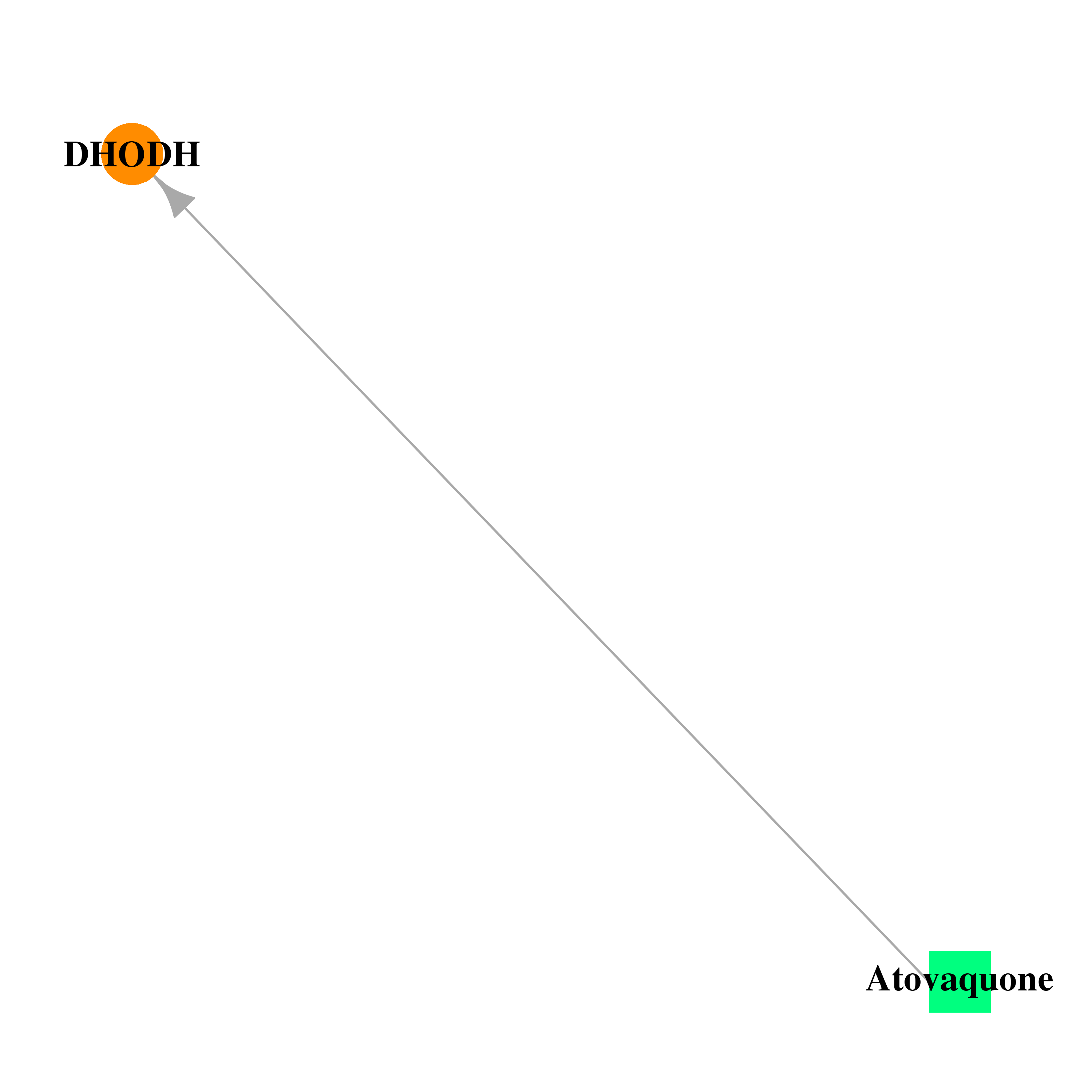 |  |
| DB02262 | dihydroorotate dehydrogenase (quinone) | experimental | Orotic Acid |  | 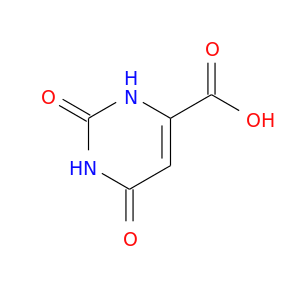 |
| DB02613 | dihydroorotate dehydrogenase (quinone) | experimental | Decylamine-N,N-Dimethyl-N-Oxide | 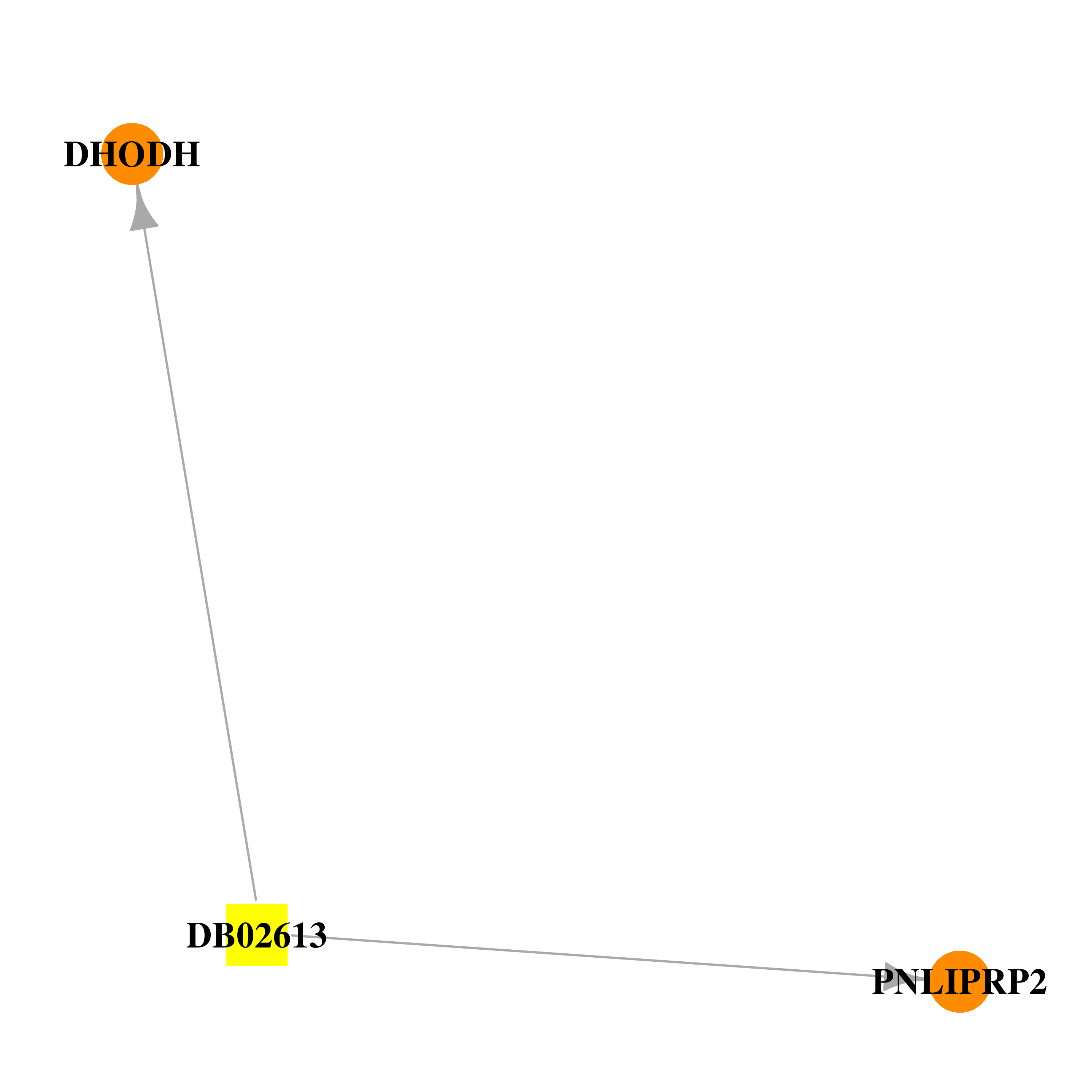 |  |
| DB03247 | dihydroorotate dehydrogenase (quinone) | experimental | Riboflavin Monophosphate |  |  |
| DB03480 | dihydroorotate dehydrogenase (quinone) | experimental | Brequinar Analog |  | 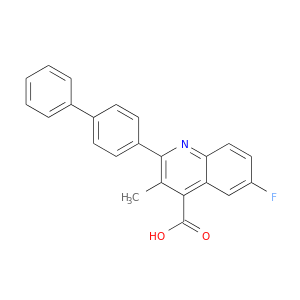 |
| DB03523 | dihydroorotate dehydrogenase (quinone) | experimental | 6-Fluoro-2-(2'-Fluoro-1,1'-Biphenyl-4-Yl)-3-Methylquinoline-4-Carboxylic Acid |  | 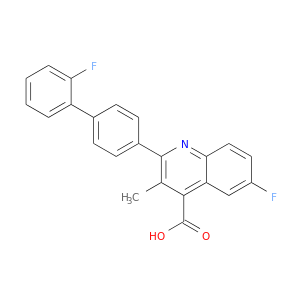 |
| DB03805 | dihydroorotate dehydrogenase (quinone) | experimental | Antiproliferative Agent A771726 | 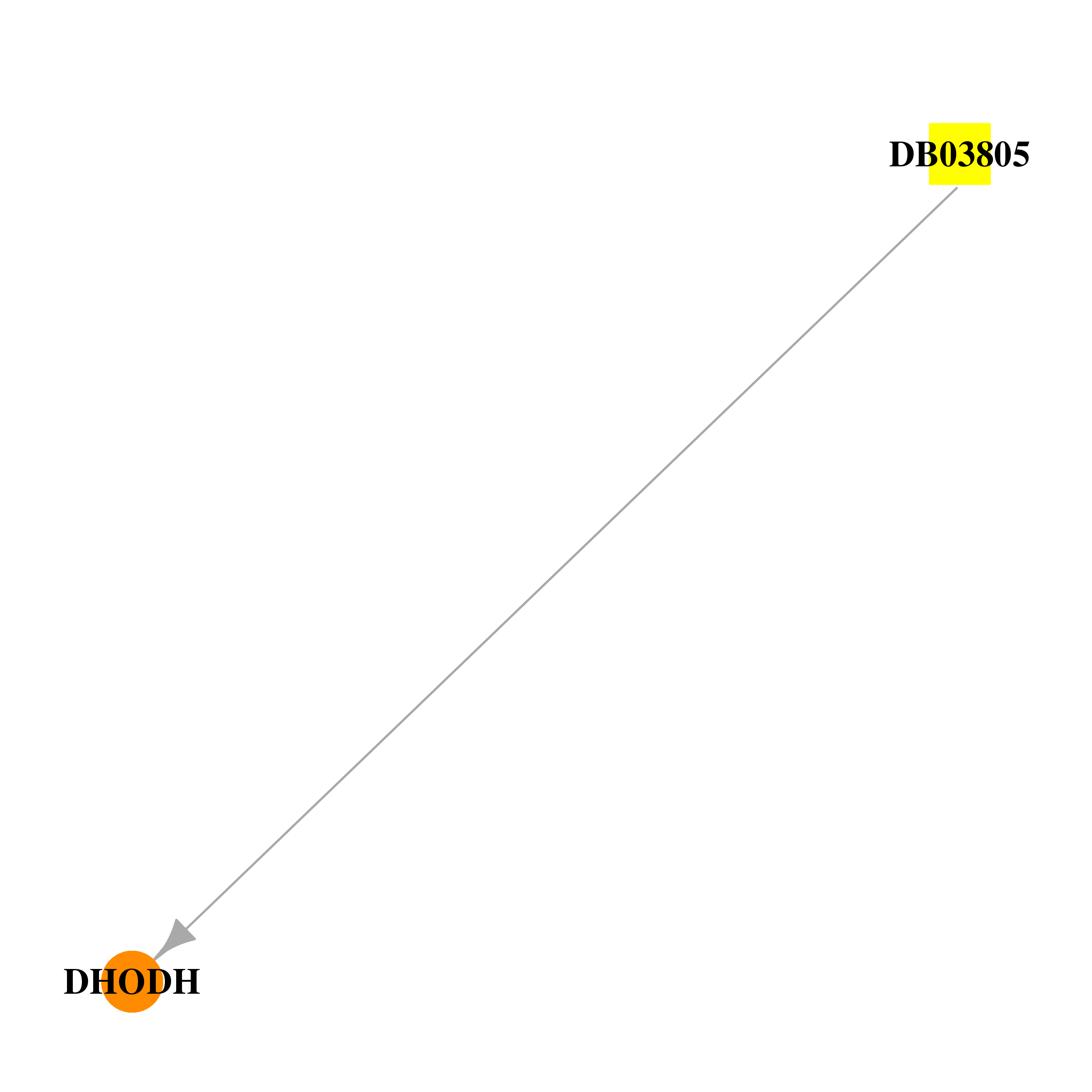 | 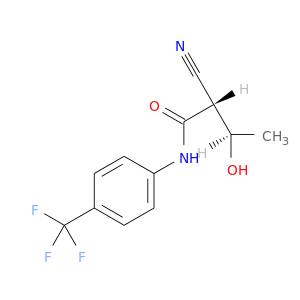 |
| DB04147 | dihydroorotate dehydrogenase (quinone) | experimental | Lauryl Dimethylamine-N-Oxide | 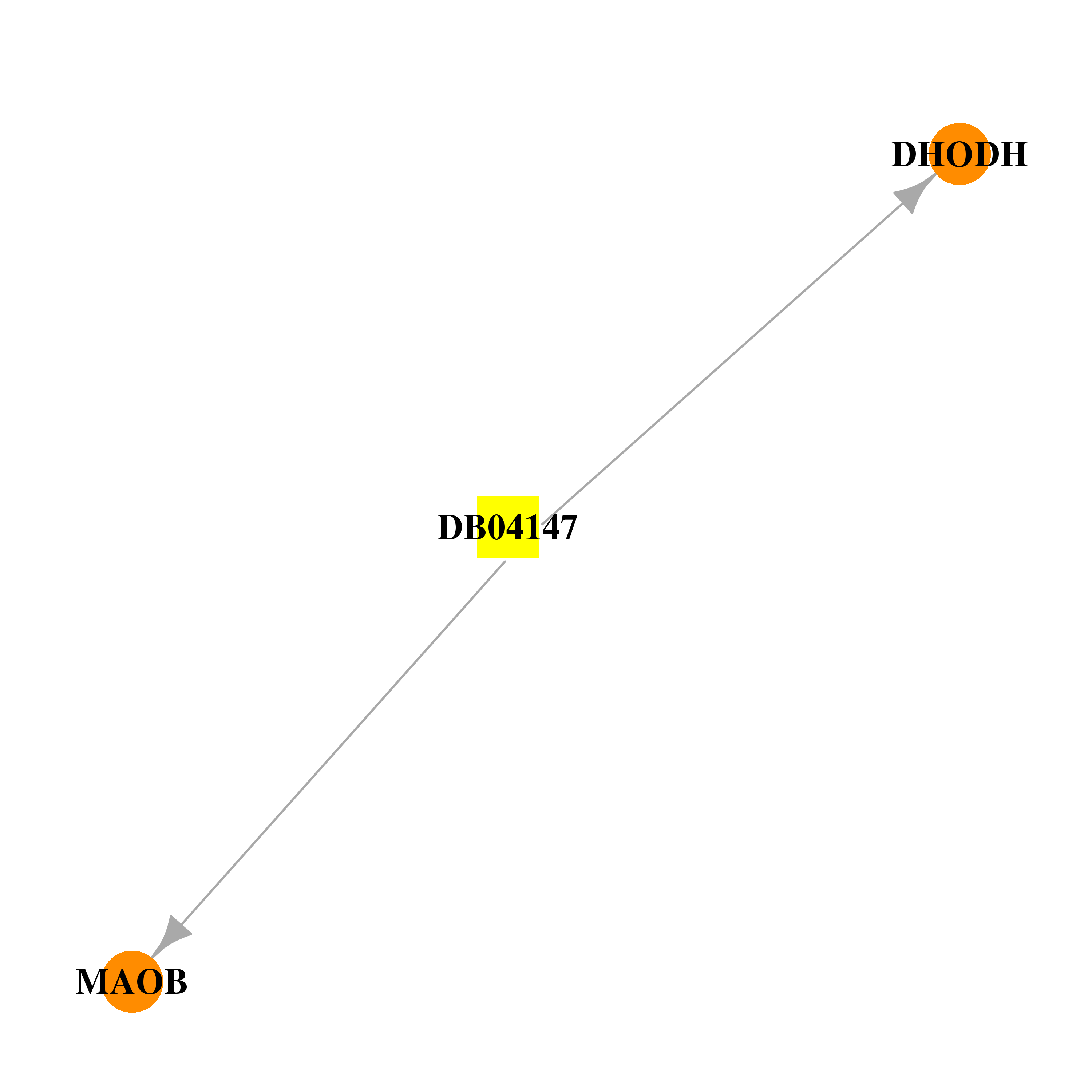 | 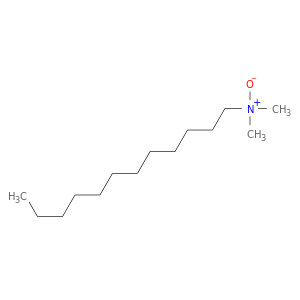 |
| DB04281 | dihydroorotate dehydrogenase (quinone) | experimental | 2-[4-(4-Chlorophenyl)Cyclohexylidene]-3,4-Dihydroxy-1(2h)-Naphthalenone |  |  |
| DB04583 | dihydroorotate dehydrogenase (quinone) | experimental | 5-(AMINOCARBONYL)-1,1':4',1''-TERPHENYL-3-CARBOXYLICACID | 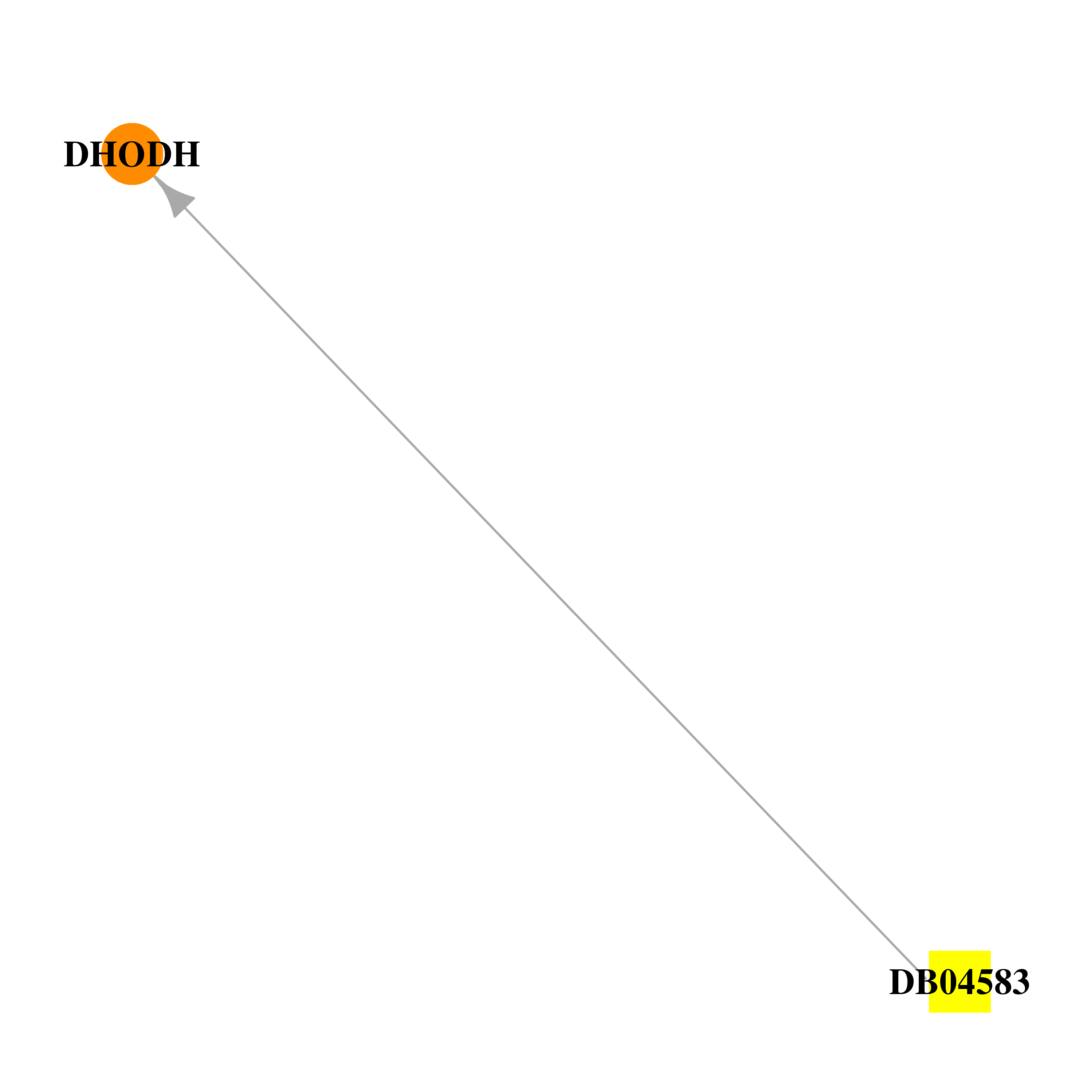 |  |
| DB07443 | dihydroorotate dehydrogenase (quinone) | experimental | (2Z)-N-biphenyl-4-yl-2-cyano-3-hydroxybut-2-enamide |  |  |
| DB07559 | dihydroorotate dehydrogenase (quinone) | experimental | (2Z)-2-cyano-N-(2,2'-dichlorobiphenyl-4-yl)-3-hydroxybut-2-enamide |  | 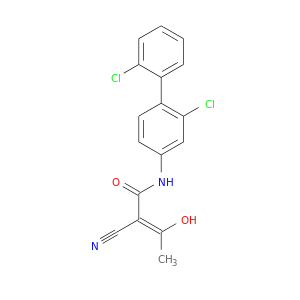 |
| DB07561 | dihydroorotate dehydrogenase (quinone) | experimental | (2Z)-2-cyano-N-(3'-ethoxybiphenyl-4-yl)-3-hydroxybut-2-enamide |  | 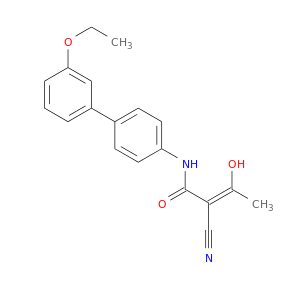 |
| DB07646 | dihydroorotate dehydrogenase (quinone) | experimental | UNDECYLAMINE-N,N-DIMETHYL-N-OXIDE |  | 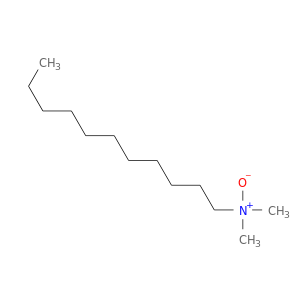 |
| DB07975 | dihydroorotate dehydrogenase (quinone) | experimental | 2-({[3,5-DIFLUORO-3'-(TRIFLUOROMETHOXY)BIPHENYL-4-YL]AMINO}CARBONYL)CYCLOPENT-1-ENE-1-CARBOXYLIC ACID | 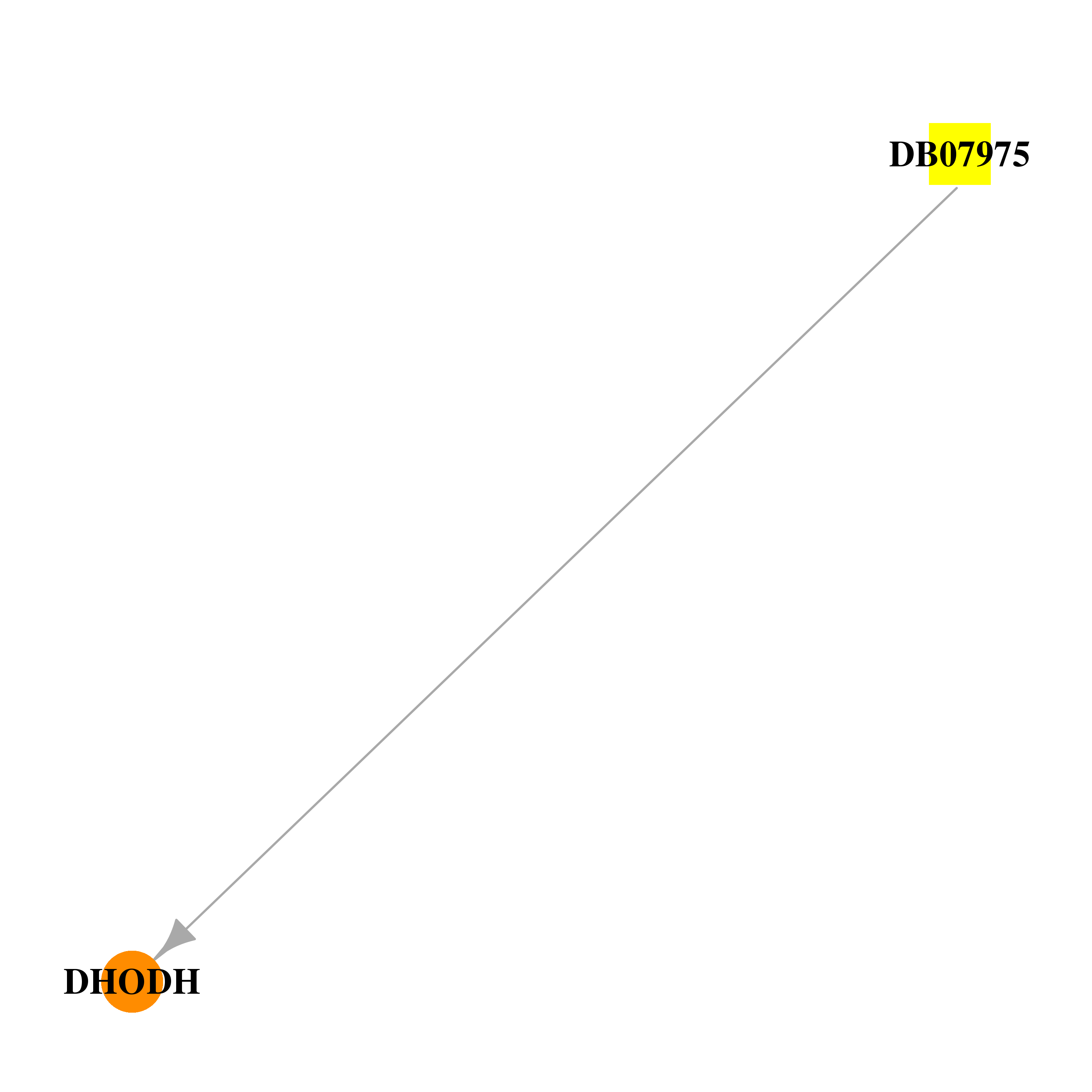 |  |
| DB07976 | dihydroorotate dehydrogenase (quinone) | experimental | 3-{[(3-FLUORO-3'-METHOXYBIPHENYL-4-YL)AMINO]CARBONYL}THIOPHENE-2-CARBOXYLIC ACID | 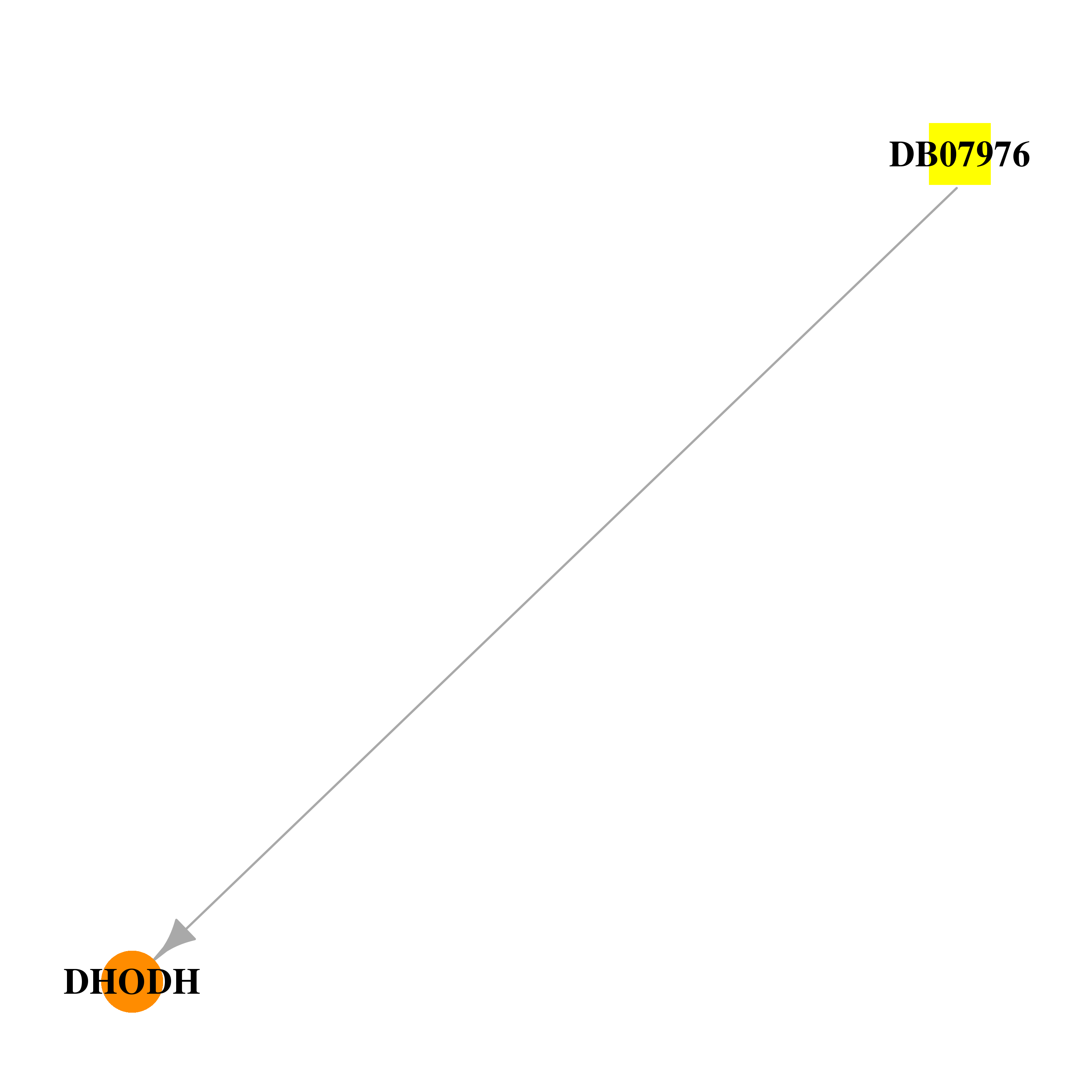 | 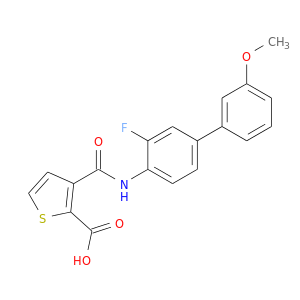 |
| DB07977 | dihydroorotate dehydrogenase (quinone) | experimental | 3-({[3,5-DIFLUORO-3'-(TRIFLUOROMETHOXY)BIPHENYL-4-YL]AMINO}CARBONYL)THIOPHENE-2-CARBOXYLIC ACID |  |  |
| DB07978 | dihydroorotate dehydrogenase (quinone) | experimental | 2-({[2,3,5,6-TETRAFLUORO-3'-(TRIFLUOROMETHOXY)BIPHENYL-4-YL]AMINO}CARBONYL)CYCLOPENTA-1,3-DIENE-1-CARBOXYLIC ACID | 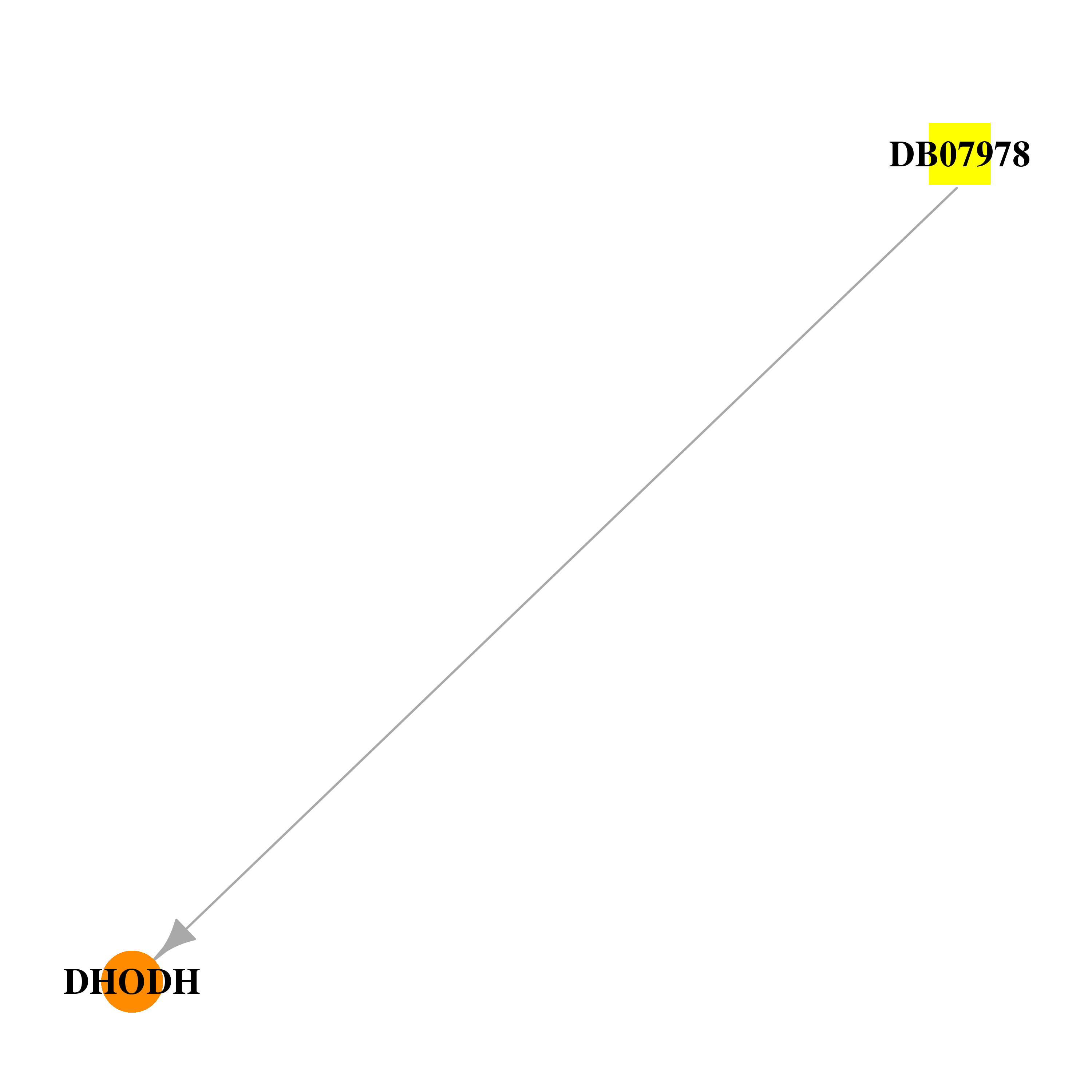 | 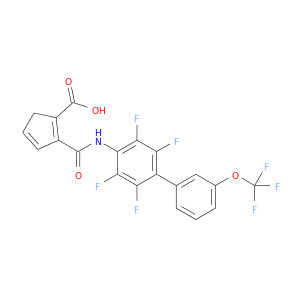 |
| DB08006 | dihydroorotate dehydrogenase (quinone) | experimental | N-anthracen-2-yl-5-methyl[1,2,4]triazolo[1,5-a]pyrimidin-7-amine |  | 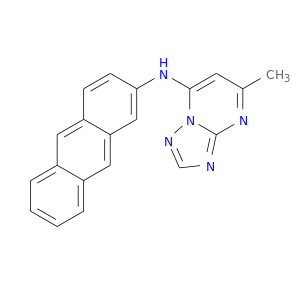 |
| DB08008 | dihydroorotate dehydrogenase (quinone) | experimental | 5-methyl-N-[4-(trifluoromethyl)phenyl][1,2,4]triazolo[1,5-a]pyrimidin-7-amine | 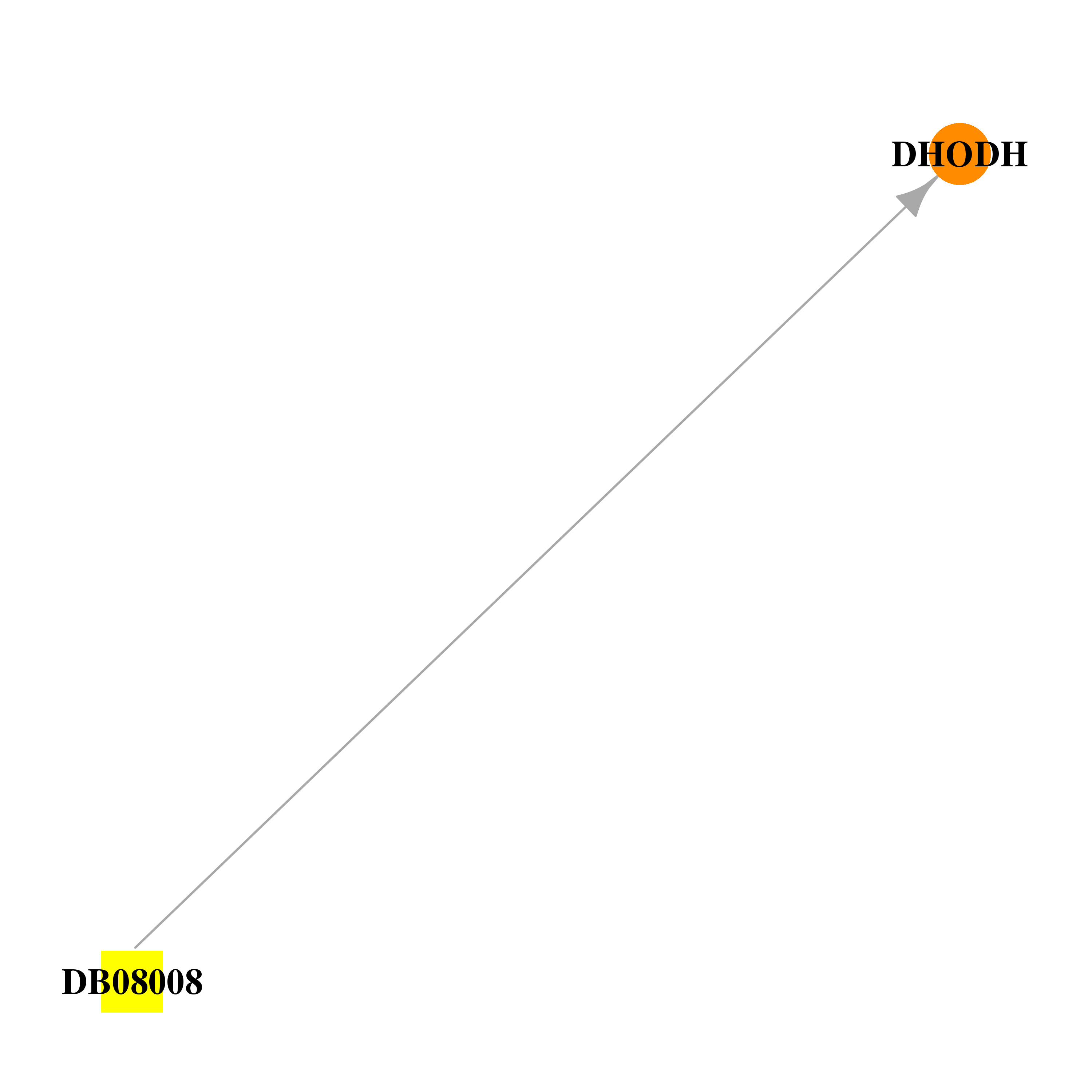 | 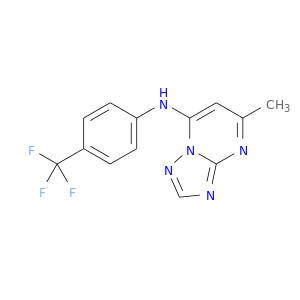 |
| DB08169 | dihydroorotate dehydrogenase (quinone) | experimental | (2Z)-N-biphenyl-4-yl-2-cyano-3-cyclopropyl-3-hydroxyprop-2-enamide | 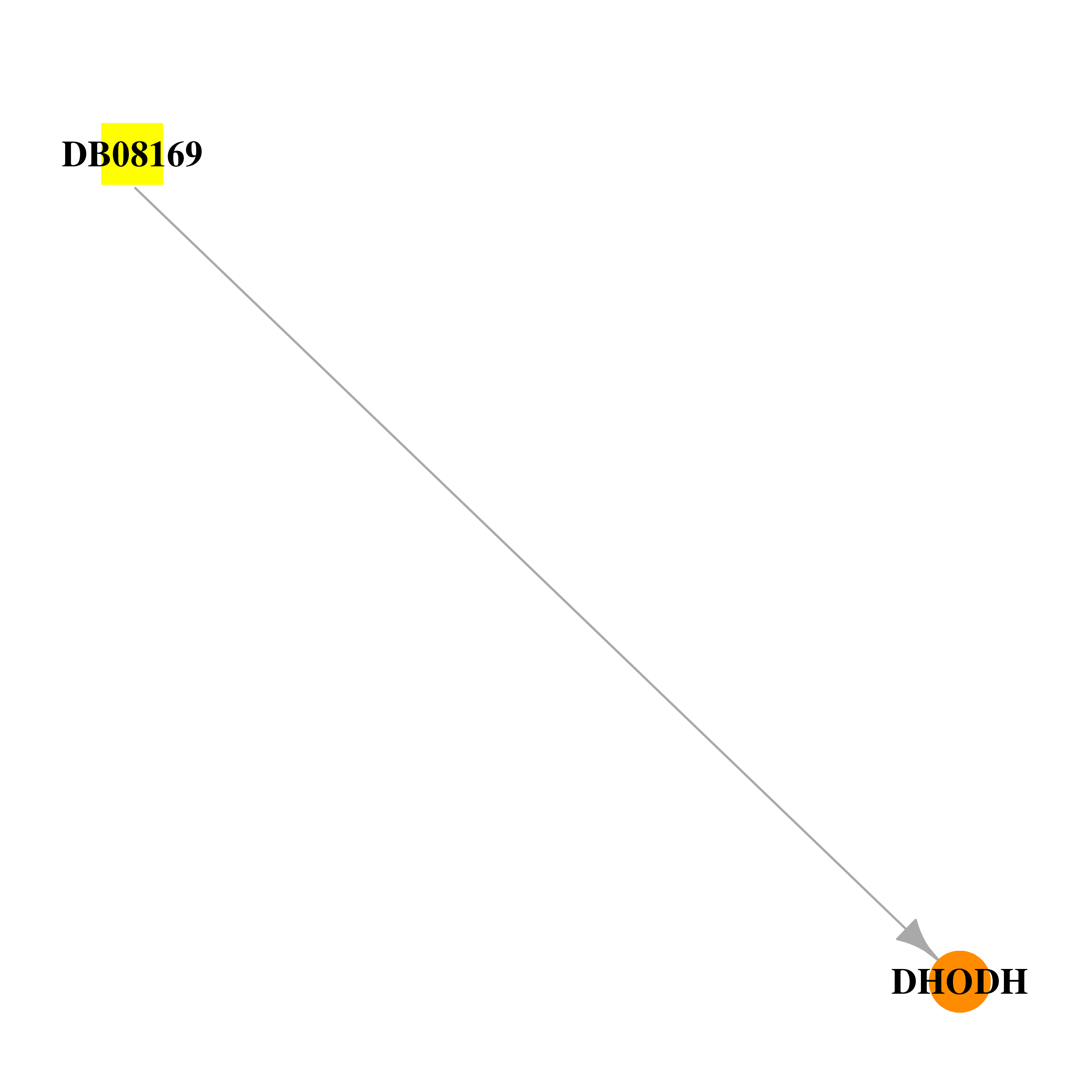 | 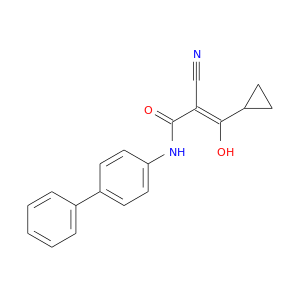 |
| DB08172 | dihydroorotate dehydrogenase (quinone) | experimental | (2Z)-N-(3-chloro-2'-methoxybiphenyl-4-yl)-2-cyano-3-hydroxybut-2-enamide |  | 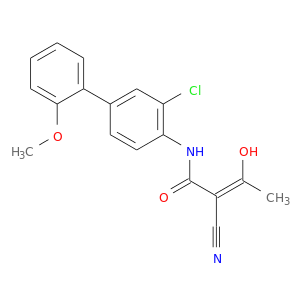 |
| DB08249 | dihydroorotate dehydrogenase (quinone) | experimental | 3,6,9,12,15-PENTAOXATRICOSAN-1-OL | 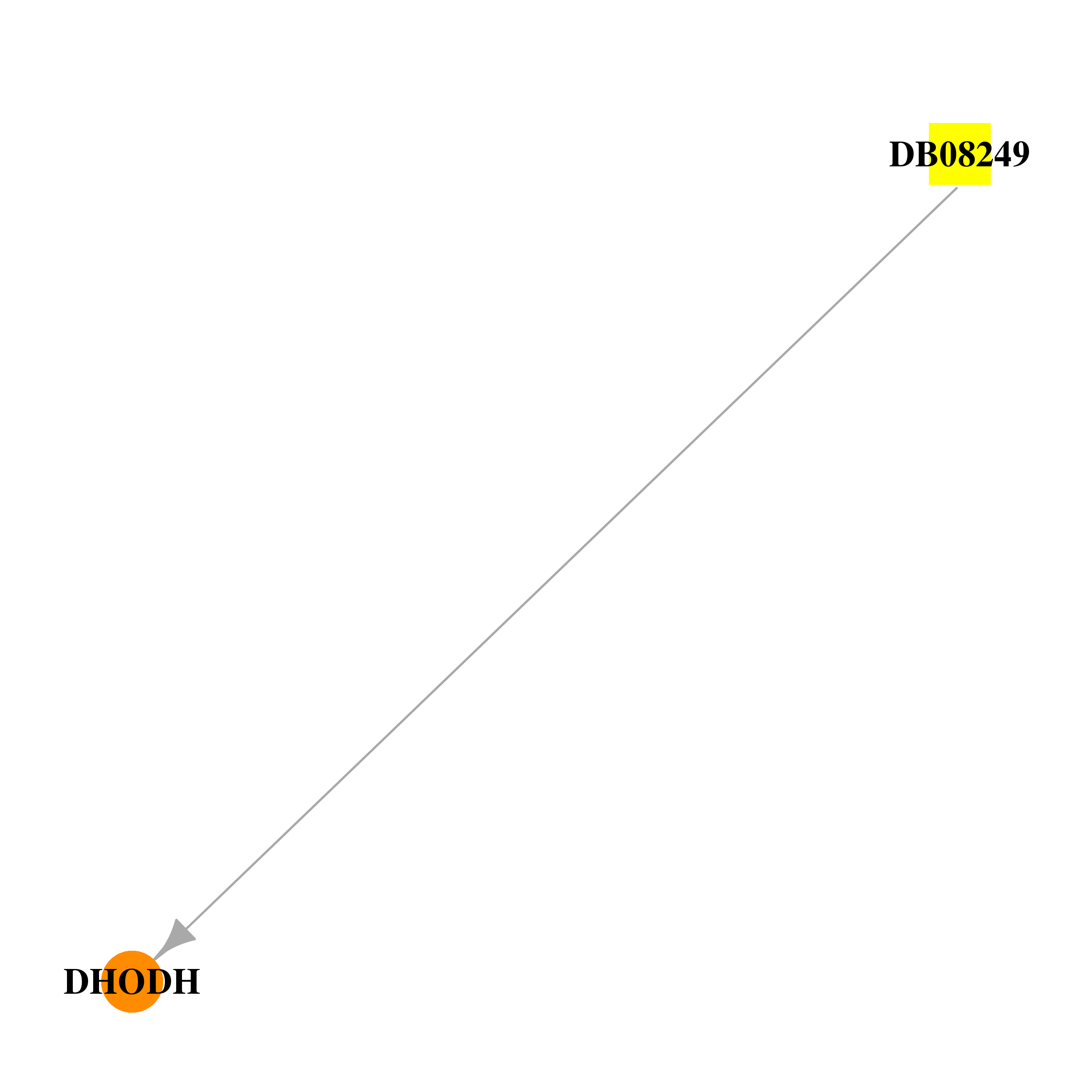 |  |
| DB00130 | dihydroorotate dehydrogenase (quinone) | approved; nutraceutical; investigational | L-Glutamine |  | 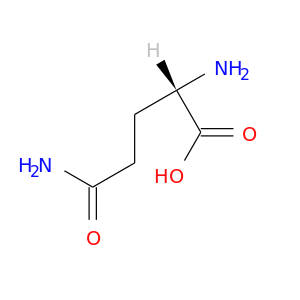 |
| Top |
| Cross referenced IDs for DHODH |
| * We obtained these cross-references from Uniprot database. It covers 150 different DBs, 18 categories. http://www.uniprot.org/help/cross_references_section |
: Open all cross reference information
|
Copyright © 2016-Present - The Univsersity of Texas Health Science Center at Houston @ |









